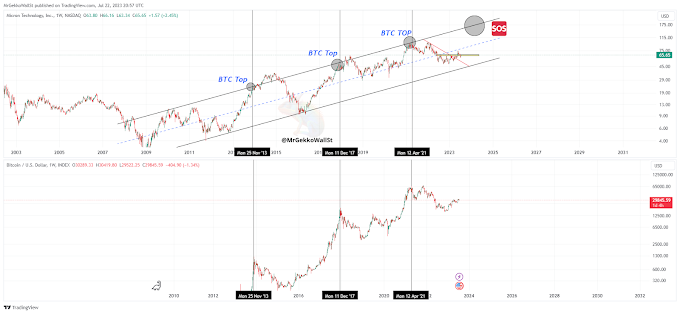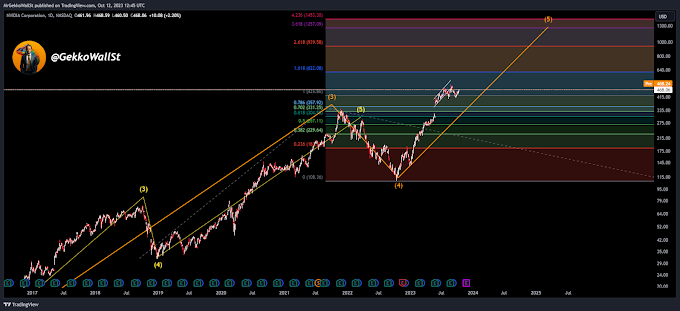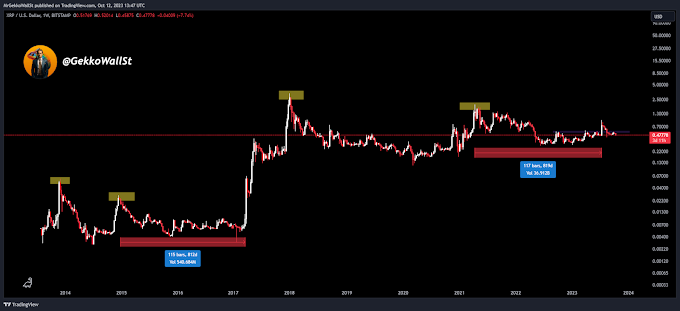Hashrate is a measure of the processing power of a blockchain network, especially in the context of cryptocurrency mining. In mining, miners compete to solve complex mathematical problems in order to add new blocks to the blockchain and validate transactions on the network. Each time a miner solves this problem, they create a new block containing valid transactions and are rewarded with a certain amount of cryptocurrency, along with transaction fees from the included transactions.
Hashrate refers to the amount of computational power being dedicated to mining on a particular blockchain network. It's usually measured in "hashes per second" (H/s) or larger units like "terahashes per second" (TH/s) or "petahashes per second" (PH/s), depending on the magnitude of the processing power involved.
Hashrate is a critical factor that affects the network in several ways:
1. Mining Difficulty: Mining difficulty is adjusted periodically to ensure that the average rate of creating new blocks remains constant, regardless of increases or decreases in the hashrate on the network. If hashrate increases, difficulty increases, making the mathematical problems harder to solve and maintaining a constant block creation rate. Similarly, if hashrate decreases, difficulty decreases.
2. Network Security: A higher network hashrate tends to make the network more secure. This is because a higher hashrate makes 51% attacks (when a malicious group of miners controls the majority of hashrate and can compromise the network's integrity) more difficult. A high hashrate also makes block reorganization more challenging, protecting against attempts to reverse past transactions.
3. Confirmation Speed: A higher hashrate often results in faster transaction confirmation speeds. As blocks are added to the chain more frequently, transactions are confirmed more quickly.
4. Miner Rewards: A higher hashrate increases competition among miners to solve mathematical problems and create new blocks. This means that the block reward is distributed among more miners, making individual rewards potentially smaller but more frequent.
In summary, hashrate is a critical indicator of mining activity and the health of a blockchain network. A higher hashrate is generally associated with greater security, faster confirmation speeds, and a more robust network against attacks.





